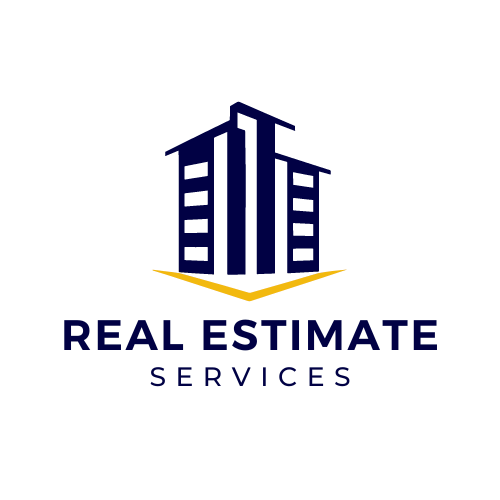The Virginia Building Construction Cost Database is a collection of project cost information maintained by the Division of Engineering & Buildings (DEB). Summary data from the database is provided for reference by state agencies for use when planning capital projects. Periodic updates of this data will be posted on the DEB website.
The posted summaries provide average construction costs for various building types. These average construction costs are compiled from a number of comparable in-state and regional projects (comps) for each particular building type and include associated utilities and site work costs, where applicable. New building types will be added as needed.
This data is provided for general guidance. Actual project-specific budgets recommendations for projects may deviate from these averages based on site-specific issues and other project-unique conditions. Get to know more about us.

Cost per square foot
Generally, when we speak of cost per square foot, we are talking about finished square footage. However, it is important to consider that unfinished square footage is not free.
Factors to Keep in Mind
The average price per square foot described here will allow for a typical house that might include a porch, garage, and some sort of outdoor living areas like a deck or patio. If we use more custom finishes like natural stone flooring and siding, synthetic decking, pavers, larger garages, lots of outdoor living space, screened-in porches, basements, etc. additional costs will apply. And, obviously, if the unfinished footage is large compared to finished footage, this causes the overall cost per finished foot to be higher. Single story homes can be $15-20 more than an efficient two-story. And, smaller houses will tend to cost more per foot than larger homes. So, there are a lot of factors that make that a complex issue to address.
There are also a lot of site-specific costs like cash proffers, permit fees, clearing, driveways, etc.. that can make prices vary by many tens of thousands from one lot to the next with no change in actual footage.
We don’t typically do a lot of homes that would be defined as “starter homes” which have very basic levels of finish in them. So, I will speak mostly about more custom situations like we normally encounter.
Overall Size
The overall size of the house will also affect the cost per foot. The larger a home, the lower the cost per square foot. This is because some “fixed” costs such as water source, sewer, driveway, garage, clearing, etc. will generally be the same or close to the same but if those costs are averaged into a larger house, the overall cost is lower.
For example, a $5,000 well will cost $1 per square foot on a 5,000 s.f. house and $2 a s.f. on a 2,500 s.f. house. This same math applies across many phases. Since houses with a low square footage of finished space still tend to have garages, porches, and all the other site costs, the cost per square foot tends to be higher. So, you can expect small houses to cost a lot more per s.f. compared to larger houses with the same fit and finish.
Main Costs For Building A House
The main costs for building a house are:
- The physical location of the house
- Size of the lot
- Square footage
- Materials quality
- Hiring a contractor
- Landscaping
The costs for building the actual house also include site work, framing, foundation, exterior finishes, major systems like electrical work, interior finishes, and some miscellaneous costs.
So, what type of home do we want?
Tools, Labor, And Materials
The couple sees that higher-quality everything is more expensive upfront. In the long run, they should last longer and look great doing so. Better tools work, well, better while higher quality materials are more durable and better looking in general.
As for labor, it comes down to size, complexity, and who you hire. Per hour, the cost of the 3 main hires for building a new house can be:
- Land surveyors: $300-700
- Engineers: $100-150
- Architects: $60-125
